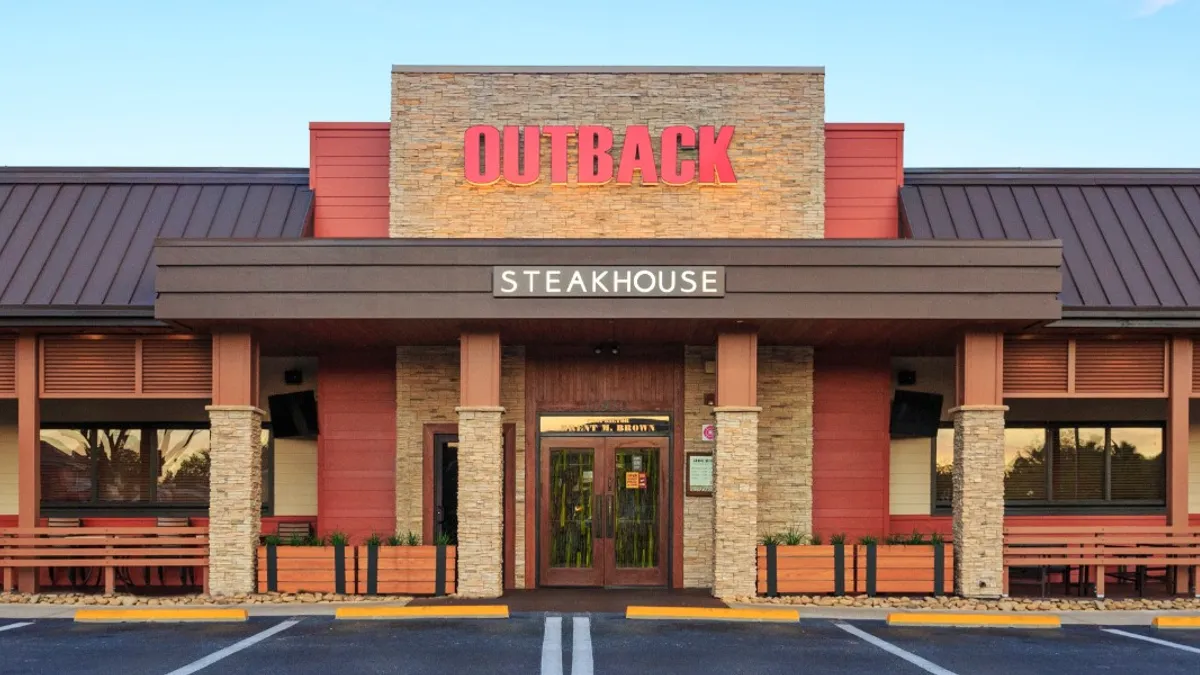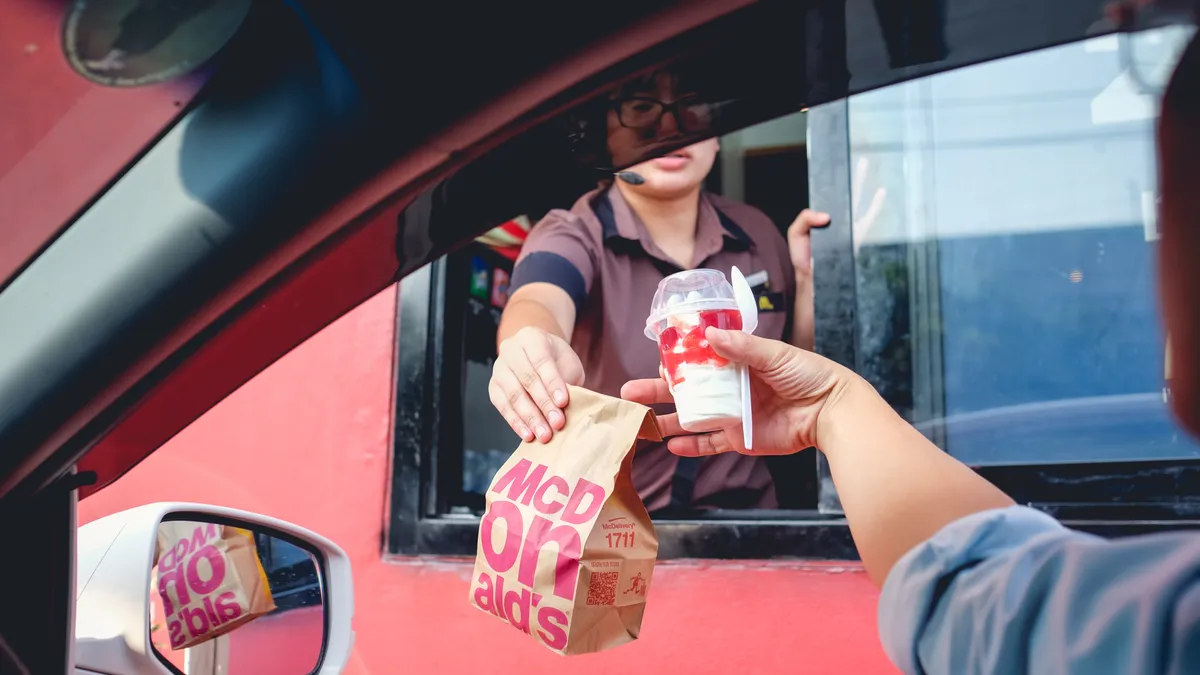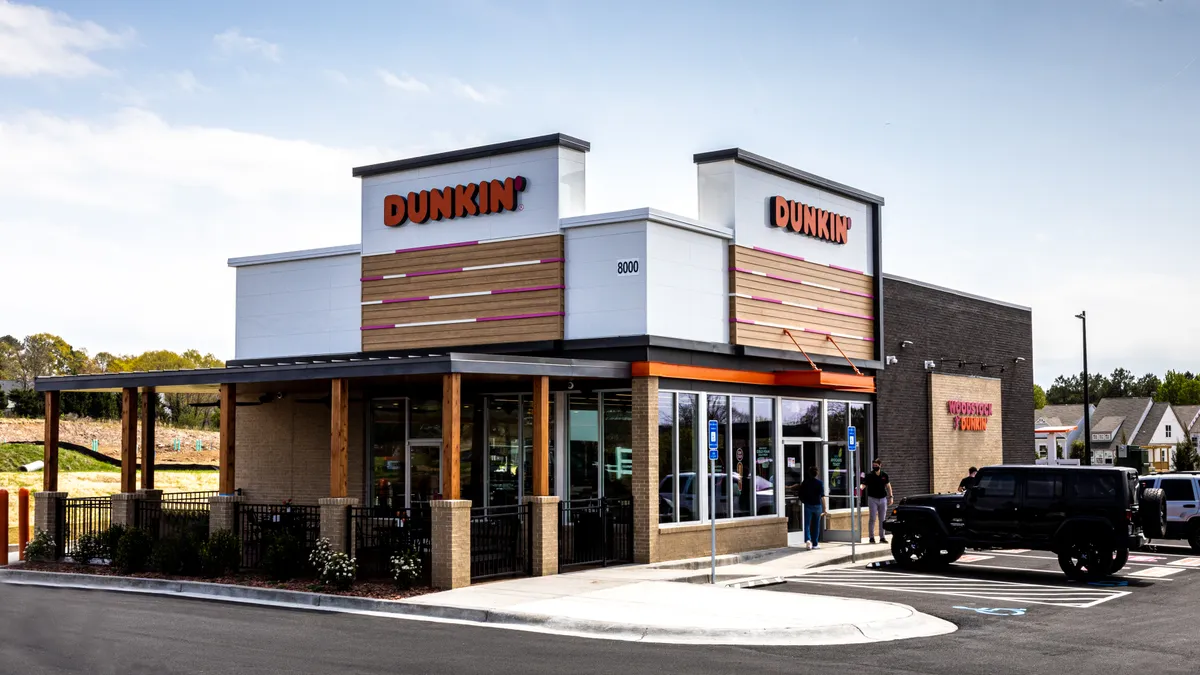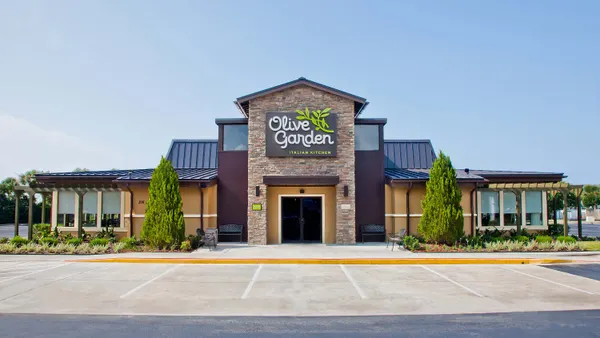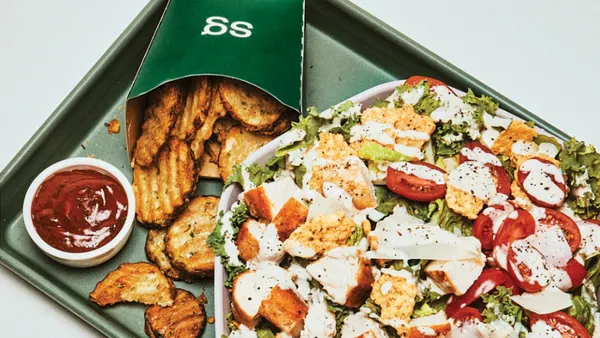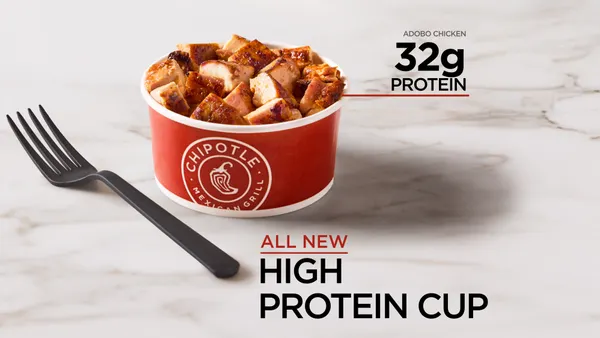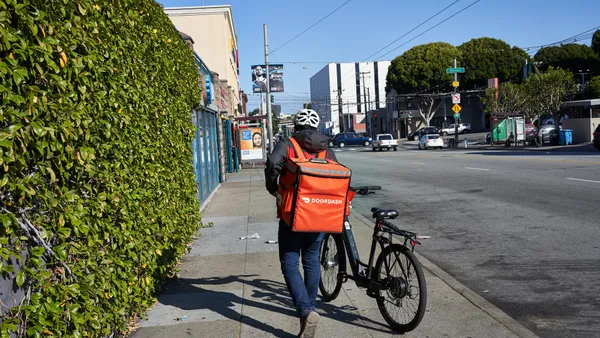Dive Brief:
- Bloomin’ Brands launched a multi-part turnaround strategy focused on Outback Steakhouse on Thursday, according to its earnings release.
- All four of its brands posted positive same-store sales in Q3, though Outback’s was the weakest at 0.4%.
- Bloomin’s turnaround will emphasize the on-premise guest experience, refresh existing restaurants, invest in the company’s culture and seek to broaden the appeal of the Outback Steakhouse brand.
Dive Insight:
Outback’s sales growth was relatively small and traffic was flat, but marked the first quarter of positive same-store sales for the brand since Q2 2023.
Outback closed another 21 underperforming stores across the last week on top of previous waves of closures, Christel said. The brand identified another 22 units where it will not renew the lease. Most of those leases expire in the next four years.
The chain is still making significant investments in the turnaround, however.
According to an earnings presentation, Bloomin’ will spend about $50 million on Outback’s overhaul next year, with half of that expenditure going toward improving food quality. Bloomin’ anticipates investments in productivity in non-guest facing parts of the restaurant will offset most of that 2026 expenditure and will result in greater savings in 2027 and 2028.
Steak quality in particular is a key element in Outback’s on-premise experience and will be a major focus, per the earnings presentation. Spanos said Outback will spend more on the quality and cuts of steaks, as well as investing in cooking equipment, like its char-grill platform.
A test of steak enhancements led to a significant gain in guest satisfaction across a range of metrics. The brand will also invest about $7 million of its turnaround spending in service to reduce the ratio of tables to servers from six tables to four during peak hours, Spanos said.
Outback will also try to capitalize on its brand awareness by emphasizing its positioning as a fun, casual steakhouse.
“We need to make Outback more relevant,” Spanos said. “We have strong brand awareness and a tremendous opportunity to convert that awareness into restaurant visits.”
CFO Eric Christel said the chain will increase its marketing expenditure by about $10 million in 2026, with further investments to follow in 2027 and 2028. The media spend will emphasize the steak investments the brand is undertaking, Spanos said.
The chain will devote more spending toward digital outlets compared to traditional TV media. Instead of its historic spend split of 70% for traditional outlets and 30% for digital media, it will spend 40% on traditional and 60% on digital, according to the earnings presentation.
The third key component is an investment in culture, Spanos said. To create a strong operational culture Outback is “making investments across leadership, development, engagement, training, field, compensation and recognition,” Spanos said, to the tune of roughly $8 million.
The goal of such investments is to ensure that every restaurant has the right managing partner, as the manager plays an outsized role in labor retention, operational performance and employee engagement, Spanos said
The final element of the turnaround is an investment in restaurant remodels. The remodels will be supported by a shift of capital expenditure from opening new restaurants to reimaging the existing store base. Christel said the remodel package costs about $400,000 per store. The remodel program will touch nearly all of Outback’s stores by the end of 2028.
The remodel will focus on guest-facing areas that impact restaurant ambiance Spanos said.
To support all this the brand will look to realize efficiencies in parts of the business guests don’t see, Christel said. Those efficiencies will come from negotiating costs with suppliers, optimizing product selections and eliminating unnecessary vendor spend, alongside investments in improved restaurant processes, greater data visibility and intervention in outliers.
The brand has also invested in Ziosk tablets at tables that allow consumers greater control over the ordering and payment processes. According to the earnings presentation, the deployment of Ziosk across the chain’s system has led to a five- to seven-minute improvement in table turns and increases in key guest satisfaction categories. Spanos said up to 85% of guests use the Ziosk system to pay.



